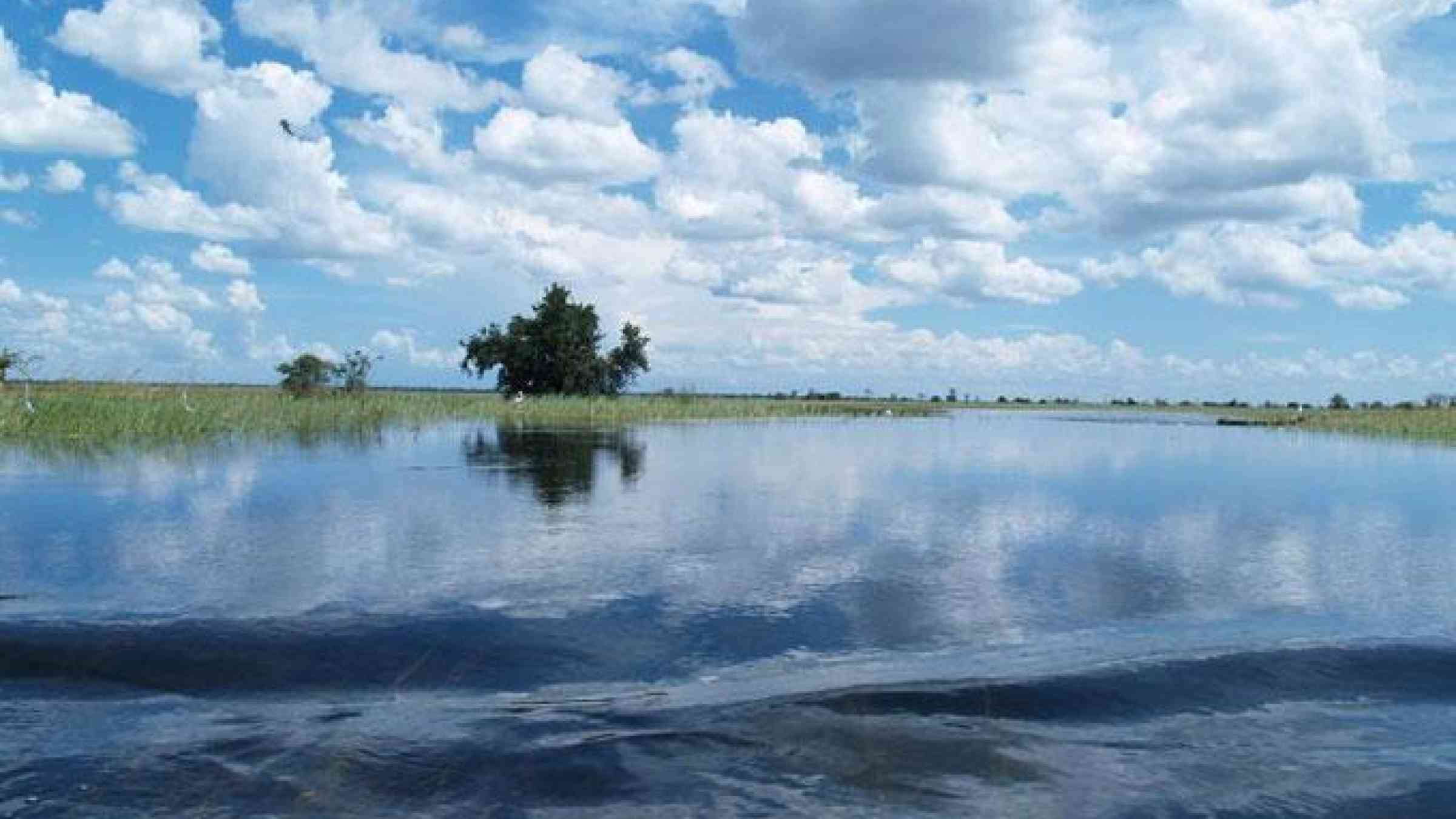Sendai one year on: Turning words into action in Uganda

Landslides in Bududa, Eastern Uganda, the bursting river banks in Kasese, Western Uganda. Climate-related disasters are all around us.
So what can we do to make countries like Uganda more resilient to the risk of disasters? A year ago, the international community met in Japan to discuss this, and together agreed to the Sendai Framework for Disaster Risk Reduction 2015-2030.
This global framework sets out four priorities – understanding disaster risk; strengthening disaster risk governance; investing in resilience and enhancing preparedness and ‘building back better’ – with the clear aim of building resilience through reducing disaster risk and losses.
The challenge for many countries, and organisations, coming back from international conferences is turning the rhetoric into action on the ground.
For Uganda action is critical as over half the country is vulnerable to droughts and a third to floods. The risk is particularly high in rural communities, where 25 percent of the national economy is derived from agriculture, a sector that employees 70 percent of Ugandans, mostly women. Without addressing the growing levels of disaster and climate risk, the Government estimates that 43 percent of the population could regress into poverty.
A year on from the conference, the Government has embarked on an ambitious programme to support Ugandans, across the public and private sectors, make risk-informed decisions.
Under the leadership Office of the Prime Minister and supported by the United Nations Development Programme (UNDP), It is mapping and profiling hazards, risks and vulnerabilities across the 112 districts in the country.
Already 70 districts have been mapped, as the final districts are being completed, efforts to consolidate this knowledge, with data such as the location of schools and hospitals, into a national risk atlas is beginning. With this in place, Uganda will be in a much better position to make evidence-based development and investment decisions.
In addition, District Disaster Management Committees have been trained and equipped in the national early warning system. This is to enable them not only understand the risk but also know what to do about it.
To reinforce these efforts, UNDP has invested heavily in the establishment of a National Emergency Coordination and Operations Centre (NECOC) to provide early warning information on disasters, climate modelling and forecasting and to coordinate preparedness and response.
UNDP is also working with the Government on developing legislation, to further strengthen institutions and legal mechanisms to govern the reduction and management of disaster risk and increase accountability. This is intended to reinforce the already existing national policy on disaster preparedness and management.
One year on from Sendai, as we celebrate the first anniversary of the world's most wide-ranging disaster risk reduction agreement, Uganda demonstrates a strong national commitment to building resilience to disasters and protecting its people.